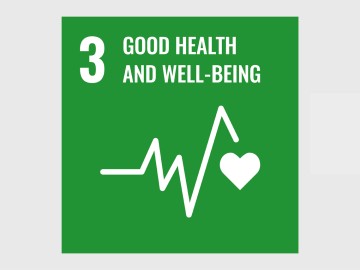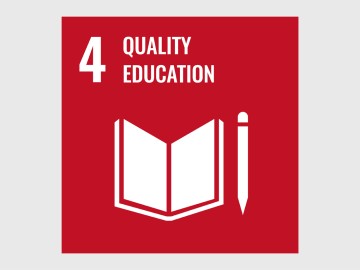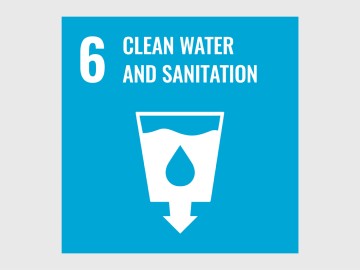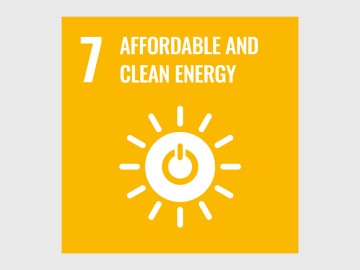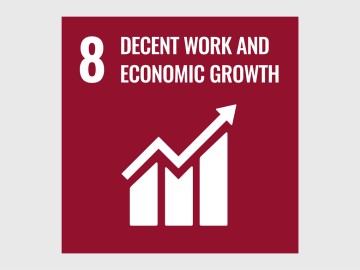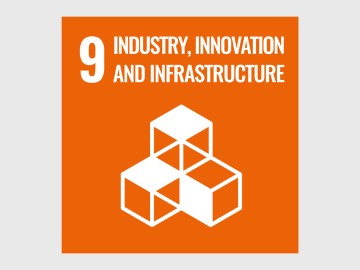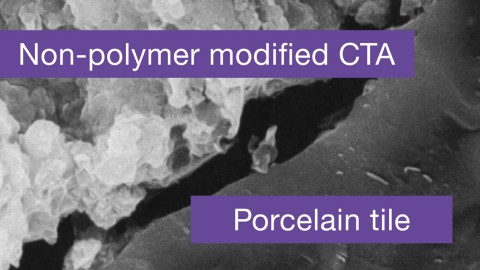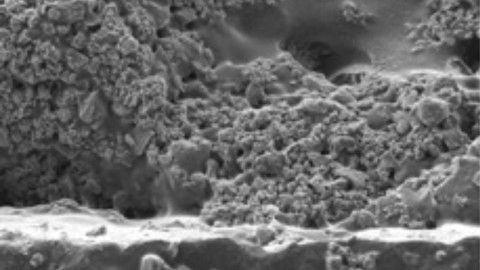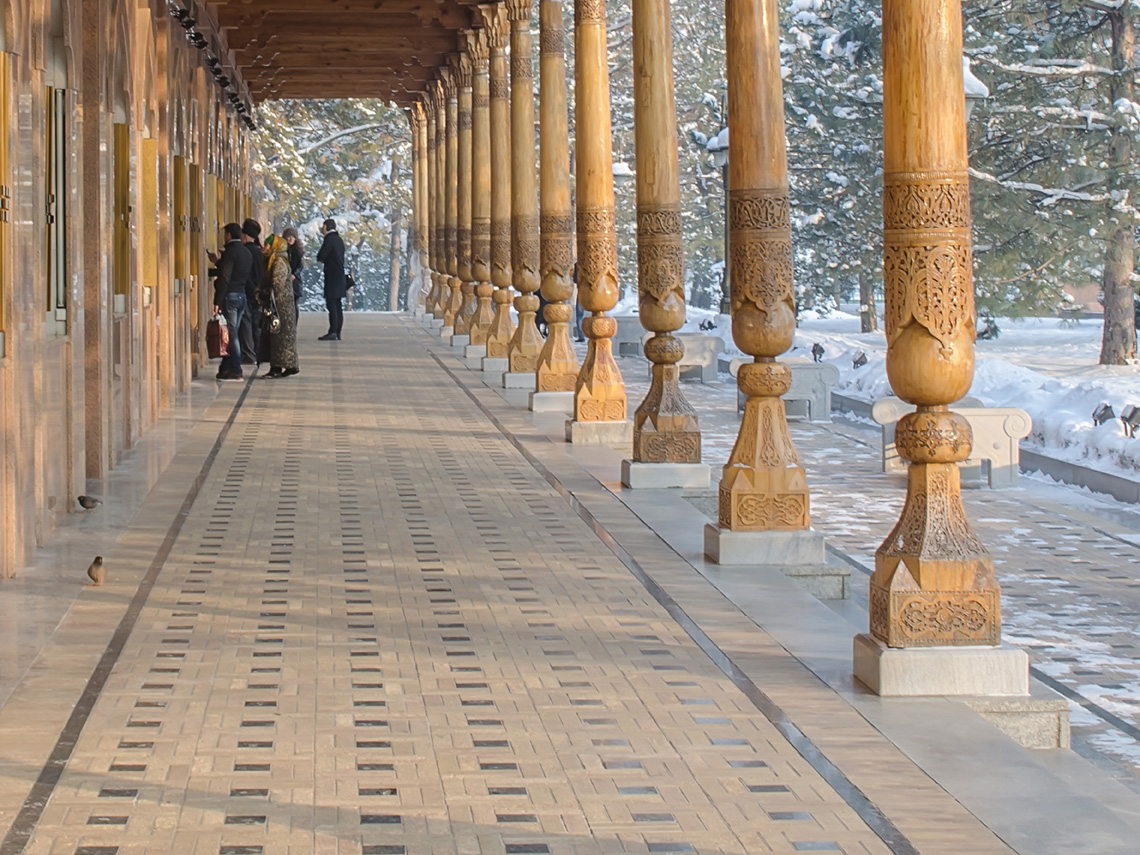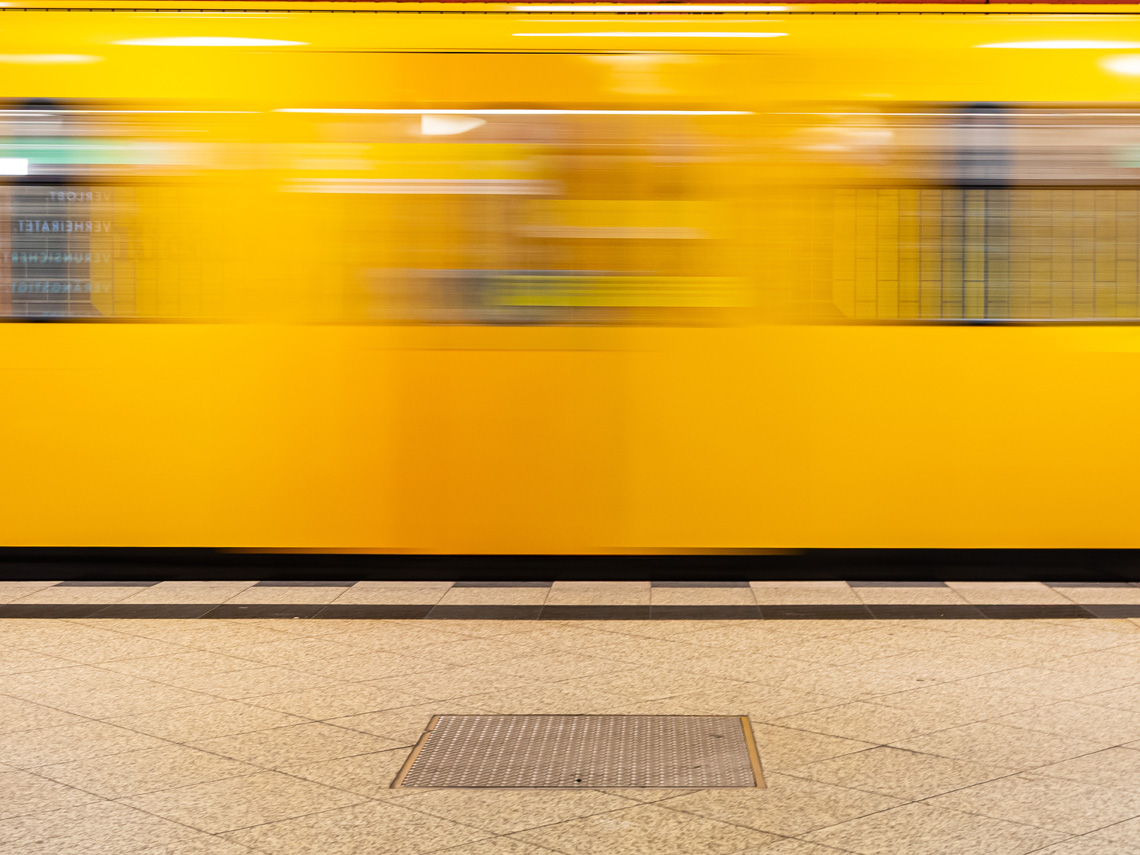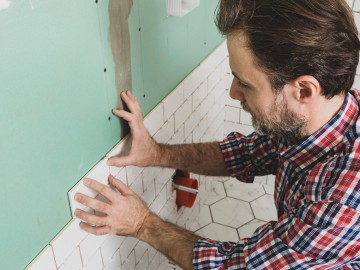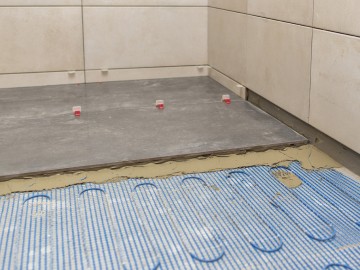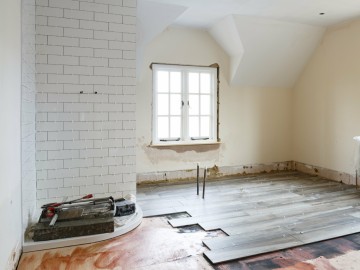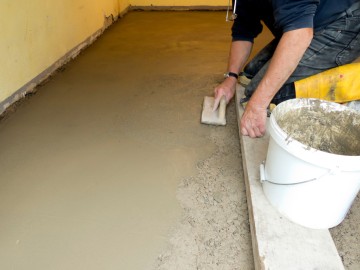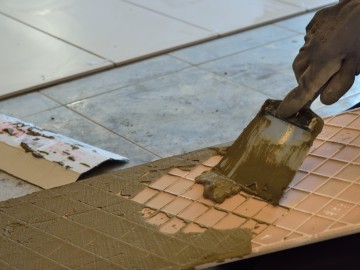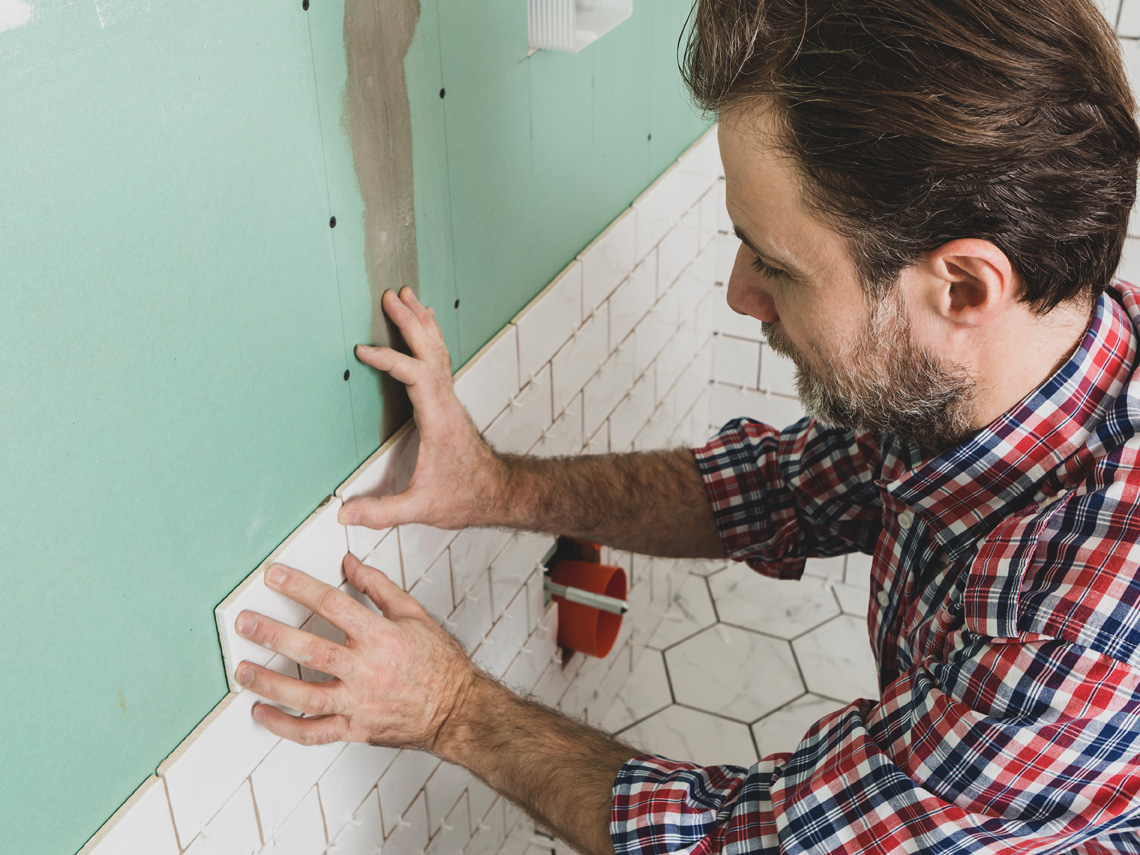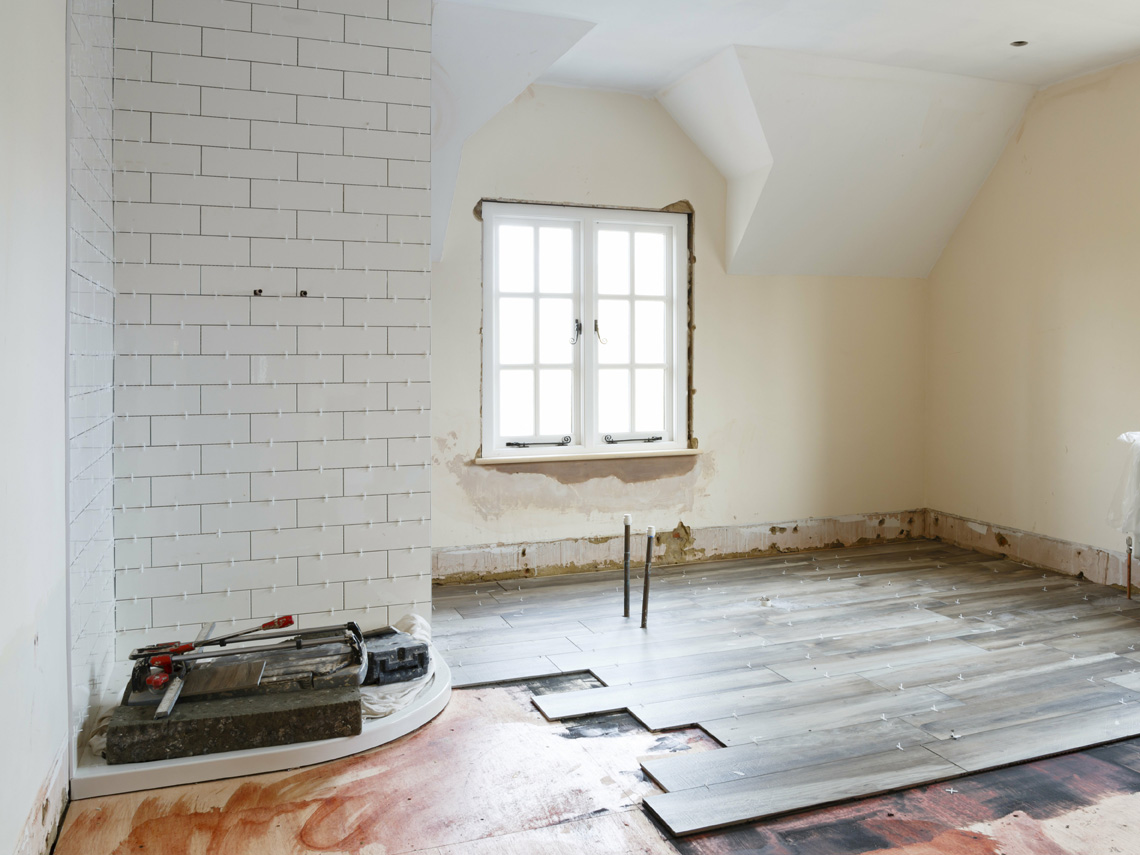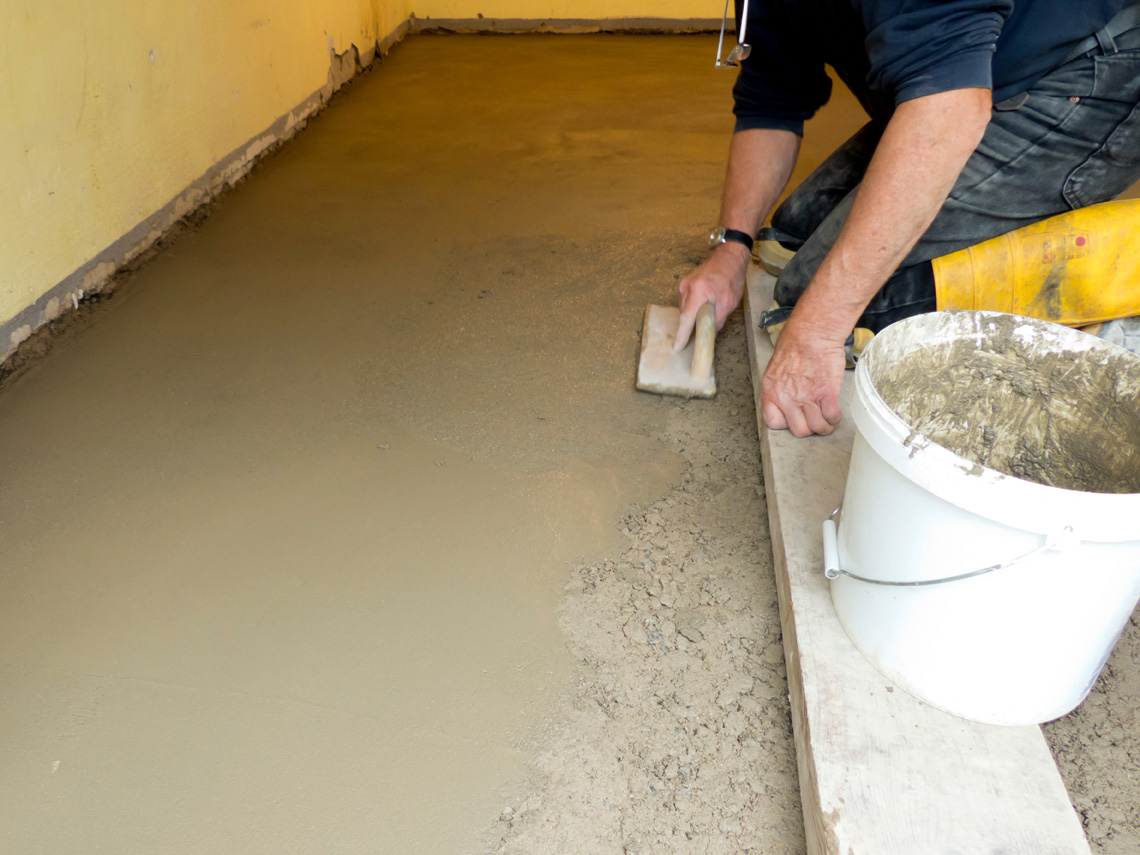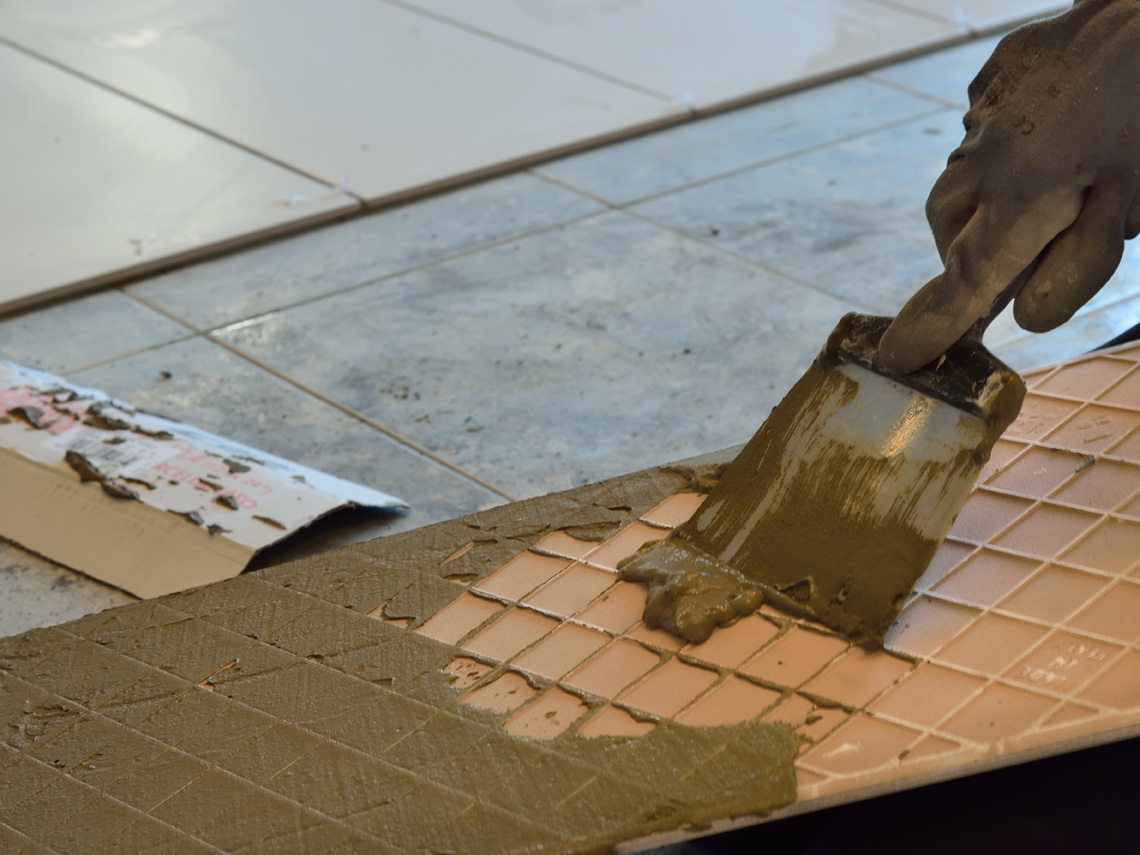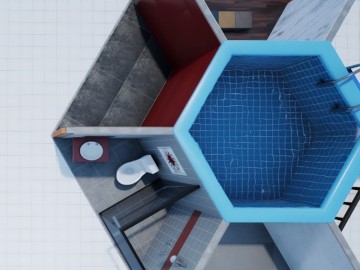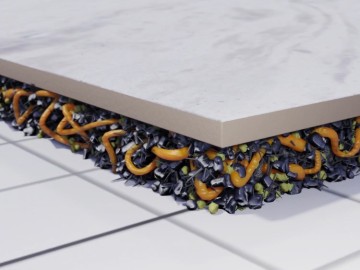
How Will We Tile Tomorrow?
The Impact of Modern Times On Tiling Techniques
Why Do We Need New and Efficient Tiling Techniques?
Worldwide, tiles are a very popular finishing material. The reasons are obvious: tiles bring all the benefits of natural stone – and then some more – without the cost and with a much wider application scope. Tiles can be used for interiors and exteriors; they can be found on walls, facades or floors, in commercial as well as residential areas. Tiles are ideal for hot and cold climates, hygienic, easy to clean, water-resistant, incombustible, hypo-allergenic – and they are available in an incredible variety of sizes and designs.
Global Consumption of Ceramic Tiles
Global tile consumption is growing, with China, India and Brazil leading the trend.

Building Better

Durability and Resilience
The UN Sustainability Development Goal (SDG) N° 11 aims to “make cities and human settlements inclusive, safe, resilient and sustainable.” Can tiles contribute to this? Well, as materials, they tick many of the boxes. Tiles are “inclusive” in so far as they can be sourced locally and are available at economical prices. The raw materials are natural and non-strategic as they can be found practically everywhere. Tiles are “safe” because they are fire-resistant and usually free of VOCs, formaldehyde or other critical substances.
And while production can be quite energy-intensive, tiles score with almost zero waste during manufacturing. Also, almost the totality of raw materials, glazes and water can be recycled. Today, tiles are even produced from recycled or waste material.
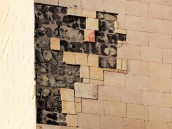
Why Do Tile Adhesives Fail?
Durability and resilience are parameters for sustainable solutions. When tiles detach after a short time, this not only looks ugly, but can also lead to structural problems, leaving the wall open to humidity and weathering. One of the major reasons for detachment is usually a mismatch between tile and tile adhesive.
Are Tiles “Resilient”?
Tiles are usually very durable. And though there are mosaics from the Roman Empire and tiled facades that date back centuries, we also see tiled surfaces that crack and deteriorate after a few years or months. The root cause of this phenomenon lies quite literally beyond the tiles: it is the tile adhesive. In modern wall or floor systems, the tile adhesive has to cope with a completely new set of challenges. If we want to build better, more durably, more efficiently, and more sustainably, we need to address these challenges.
The construction industry has been identified as a major contributor to CO2 emissions. At the same time, the building sector is a key to climate justice. Access to housing, health care, clean water, energy or infrastructure for example cannot be secured without the construction industry. This emphasizes the necessity of and urgency for sustainable building solutions.
Challenge One: Porcelain Tiles
The tiles market is a design-market with fast changing trends for colors, sizes and materials. Still, on the material side there is one huge megatrend: the switch from ceramic to porcelain tiles. In 2020, 40% of the tiles installed were already porcelain tiles and experts expect their share to grow continuously as they offer higher functionality.
Compared to traditional ceramic tiles, porcelain tiles are much stronger, denser and more impervious. They are more hard-wearing, more durable and have a much wider application spectrum. Porcelain tiles can be used practically everywhere, including exteriors in very cold regions because they absorb less to almost no water thus reducing the risk of cracking at temperatures below freezing point.
Water absorption is consequently one distinguishing feature between ceramic and porcelain tiles: classic ceramic tiles are porous and have a water absorption of over 6%. Porcelain tiles have a much lower porosity and a water absorption of under 0.8% which is a challenge for traditional tile adhesives that consist mainly of cement, sand and water, and create adhesion mechanically. Here, the cement crystals interlock with the pores of the tile and substrate. On a non-porous surface, these adhesives cannot form a bond.
The photographs show that, while traditional, non-modified tile adhesives can form a secure bond to porous ceramic tiles, they cannot adhere to nonporous porcelain tiles. For these porcelain tiles, modern polymer-modified adhesives are mandatory. They contain additional polymer binders that form glue-like bridges in the hardened mortar. These bridges ensure strong adhesion between the tile surface and the adhesive under all climatic conditions.
Besides adhesion strength, the polymer gives the adhesive another superpower: flexibility. A polymer-modified tile adhesive works as a flexible joint between the tile and substrate, absorbing impact energy and lateral forces. Lateral forces are created by the relative movement of different layers in one wall or floor system. They are unavoidable if e.g. substrate, adhesive and tile have different thermal expansion coefficients.

A flexible tile adhesive greatly improves the durability of a tiled floor or wall system by acting as a flexible joint and cushion.
The evolution of tiles is leading to a revolution in tile adhesives because traditional unmodified thick-bed adhesives are bound to fail with porcelain tiles. To ensure adhesion, polymer modification is required. But, for durability, adhesion alone is not enough: there must also be flexibility.
The video illustrates how vinyl acetate-ethylene (VAE) polymer powders improve the adhesion, flexibility and therefore durability of a tile adhesive.
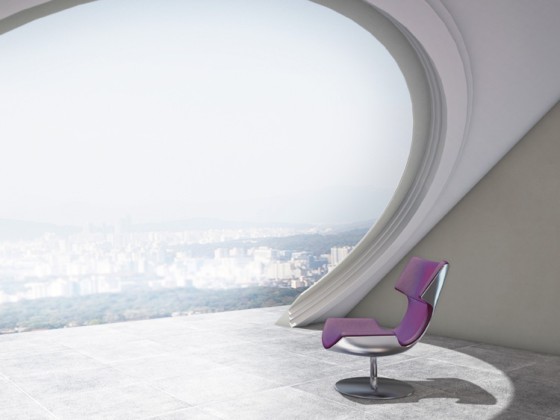
Challenge Two: Tiles Larger Than 30 x 30 cm
Another megatrend has been changing tiling techniques around the world: the preference for larger and larger tiles. In the Americas and Europe, 40% of tiles installed are already larger than 30 x 30 cm. The same goes for Asia Pacific. The Middle East and Africa follow close behind with 35% large tiles. In China and India, tiles of at least 60 x 60 cm are even becoming the new normal.
Larger tiles require experienced applicators and high-tech tile adhesives. High initial bond strength for example is essential for installation. For durability, excellent adhesive strength and high flexibility are key. For tiles larger than 30 x 30 cm, a C2 tile adhesive is necessary. For tiles larger than 60 x 60 cm, applicators recommend a C2S2 tiles adhesive. C2 and S2 refer to the European Standard EN 12004. To be classified as C2S2, a tile adhesive has to have an adhesive strength of at least 1 N/mm2 after different storage conditions e.g. standard condition, water immersion, heat exposure and freeze-thaw condition. It must be flexible enough to withstand deformation of over 5 mm without loss of adhesion or cracking.
How to Choose a Tile Adhesive
Tile adhesives are often labelled as C1, C2, C2E, C2F, C2T or C2S2 . These labels refer to EN 12004 (ISO 13007) and can be read as follows:

Additional Properties
E = Extended Open Time
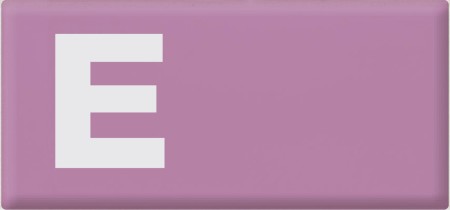
E type tile adhesives are recommended when ambient conditions e.g. hot and dry climates lead to a shorter open time.
T = Reduced Slip (Thixotropy)

T type tile adhesives make it easier to tile on vertical surfaces. This is especially important for large-format wall tiles.
F = Fast Setting Speed

F type tile adhesives are recommended for large tiles and tight time frames.

Challenge Three: the Substrate
For large tiles, a leveled substrate is vital. Otherwise hollows may occur that cause the tile to crack under pressure. But that is not all. Tiles today are applied way beyond bathrooms and kitchens, on facades, terraces, public areas or swimming pools. In fact, in 2019, over 50% of global floor coverings were ceramic.
Tiled floors are popular around the world. They withstand the climate of the Arizona desert, and the freezing winters of Kazakhstan. They can be found on floors in highly frequented areas such as subway stations (interior) and public areas (exterior).
This widespread use implies that tiles are installed on all kinds of substrates, such as wood panels, dry walls, brick, concrete and other masonry – sometimes even floor heating.
Here, too, traditional unmodified thick-bed mortars reach their limits. In most cases, only tile adhesives with a polymer binder provide sufficient adhesion and flexibility.
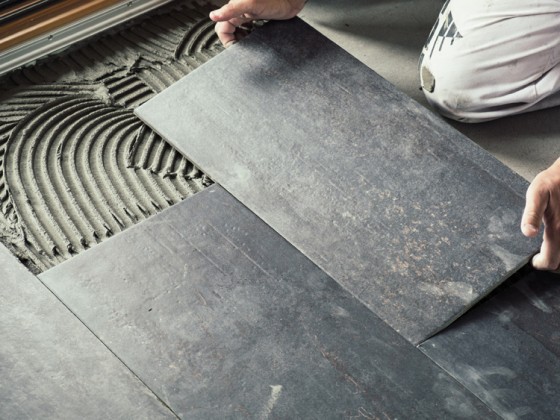
The Solution:
Polymer-Modified Tile Adhesives
By providing improved adhesion and flexibility, polymer-modified tile adhesives prepare the way for durable tiling solutions in a vast application area. But that is not the only reason to make the transition to these adhesives. Polymer-modified tile adhesives also lead to a new tiling technique. While traditional, unmodified tile adhesives are applied by the so-called thick-bed technique, polymer-modified tile adhesives are applied via a thin-bed technique.
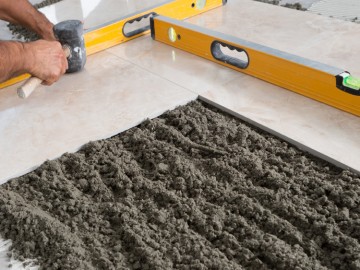
With the thick-bed method, the tiles are laid in a bed of cementitious mortar and then adjusted. With the thin-bed method, the tile adhesive is applied with a notched trowel in a very thin layer, into which the tiles are pressed.
Typical Floor Systems
Three typical floor systems are displayed here. On the left, the polymer-modified tile adhesive is applied directly on the smooth and even concrete slab. In the middle, a non-modified jobsite mix is applied as a thick bed. On the right, a screed is used to level out the uneven floor. The polymer-modified tile adhesive is applied on top in a thin layer.

Benefit: Saving Material and Time
On leveled surfaces, the thin-bed technique needs considerably less tile adhesive and saves time for the applicator. To prove this, we created a test situation and asked two experienced applicators to tile a floor. The results were convincing: the thin-bed method saved 90% sand and cement and 75% working time.

Benefit: Lower Carbon Footprint
The switch from thick-bed to thin-bed technology improves the carbon footprint of the whole system. Building requires less mortar, meaning less transport and less resources, especially sand. Demolition produces less debris. As a result, a thin-bed tile adhesive shows up to 60% less cradle-to-grave greenhouse gas emissions than a jobsite thick-bed tile adhesive.

The carbon footprint calculation is based on ISO 14040/44. A VINNAPAS® vinyl acetate-ethylene (VAE) binder was used in a C2 mortar according to EN 12004. The outcome may vary due to local conditions. Here, a European setting was assumed. When the fossil-based VINNAPAS® vinyl acetate-ethylene (VAE) grade is replaced by a bio-based VINNAPAS® eco grade, CO2 emissions are further reduced.
Benefit: Making Quality More Affordable
Total Installation Cost
CTA = cementitious tile adhesive
CTG = cementitious tile grout
Polymer modification adds to the formulation cost of a tile adhesive but the price difference is not relevant if you look at the total installation cost for porcelain tiles. Choosing a high-quality adhesive over a standard solution will not have a big impact on the overall price. At the same time, it will boost the quality and durability while reducing material consumption, CO2 emissions and labor cost. Longer durability also means longer renovation cycles, reducing the inconvenience and cost of having to renovate at short intervals. So, it pays off to consider a better tile adhesive.
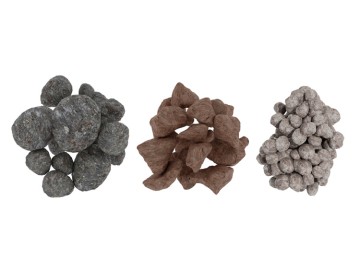
Left to right: river sand, crushed limestone, dune sand
Opening New Avenues for Recycled Materials
Sand is a heavily traded solid resource and is becoming scarce, as it can be found in many applications, such as concrete, bricks, glass or roads. Sand is also the most important aggregate used in tile adhesives and typically comprises 50 to 60% of the weight of the overall product.
In some regions, silica sand can be partially replaced with dune sand. However, dune sand consists of very rounded and uniform particles of almost the same size. It is therefore difficult to build a stable matrix using dune sand. Consequently, only part of the silica sand in dry-mix mortars can be replaced by dune sand, as was tested in our Technical Center in Dubai.
It would be advantageous to reuse construction materials such as concrete and building debris in a way that retains a high added value. One option here would be to use recycled concrete in dry-mix mortars, specifically in tile adhesives. Test results in our Technical Center show that up to half of quartz sand can be replaced with fine-grained, recycled concrete without compromising the properties of the tile adhesive, thus helping conserve resources.

VINNAPAS® – for a More Sustainable Future
Efficiency is a big lever for sustainability. VINNAPAS® dispersible polymer powders and dispersions improve the characteristics of mortars, allowing you to achieve better results with less material in less time. In that respect they are enablers of more sustainable solutions. At the same time, we work on improving the environmental impact of VINNAPAS® itself. We are continuously reducing the specific energy consumption of our production processes and with VINNAPAS® eco we offer grades that are derived from renewable raw materials via the mass balance approach. We know that this is only the beginning and invite you to take the next steps together with us. Let’s make construction circular and truly build a better world.
How Do You See the Future of Tiling? Let’s Talk!
With WACKER’s wide range of products, you can formulate the perfect tile adhesive. Visit our product section for all the details.
Go to the product portal
